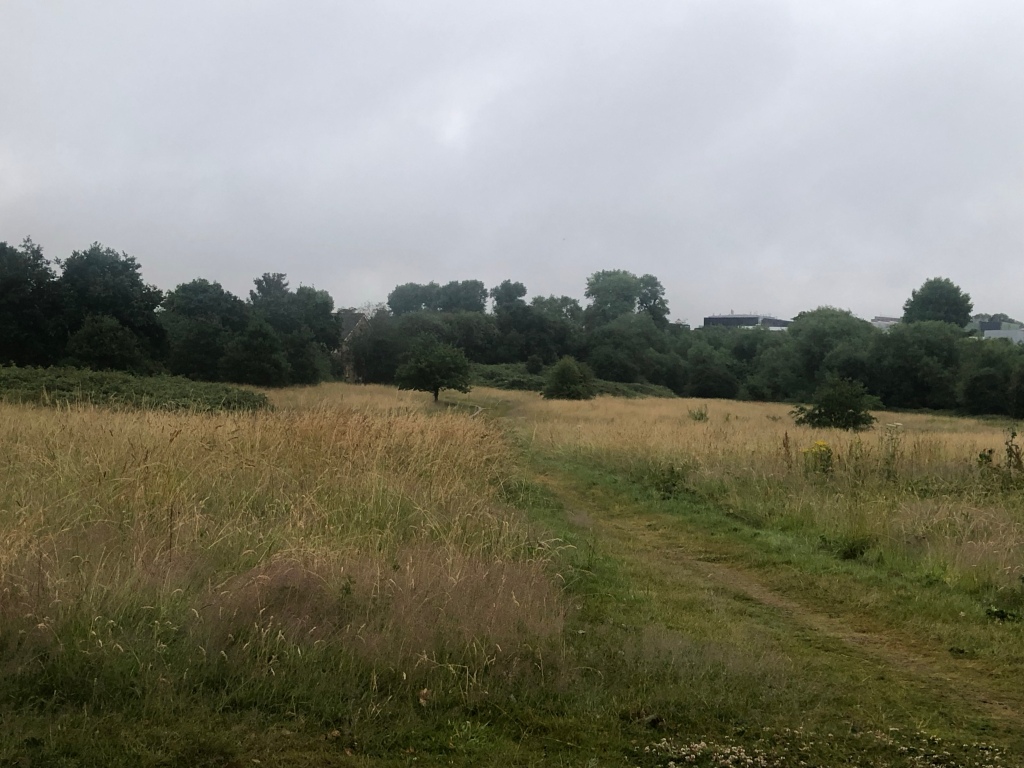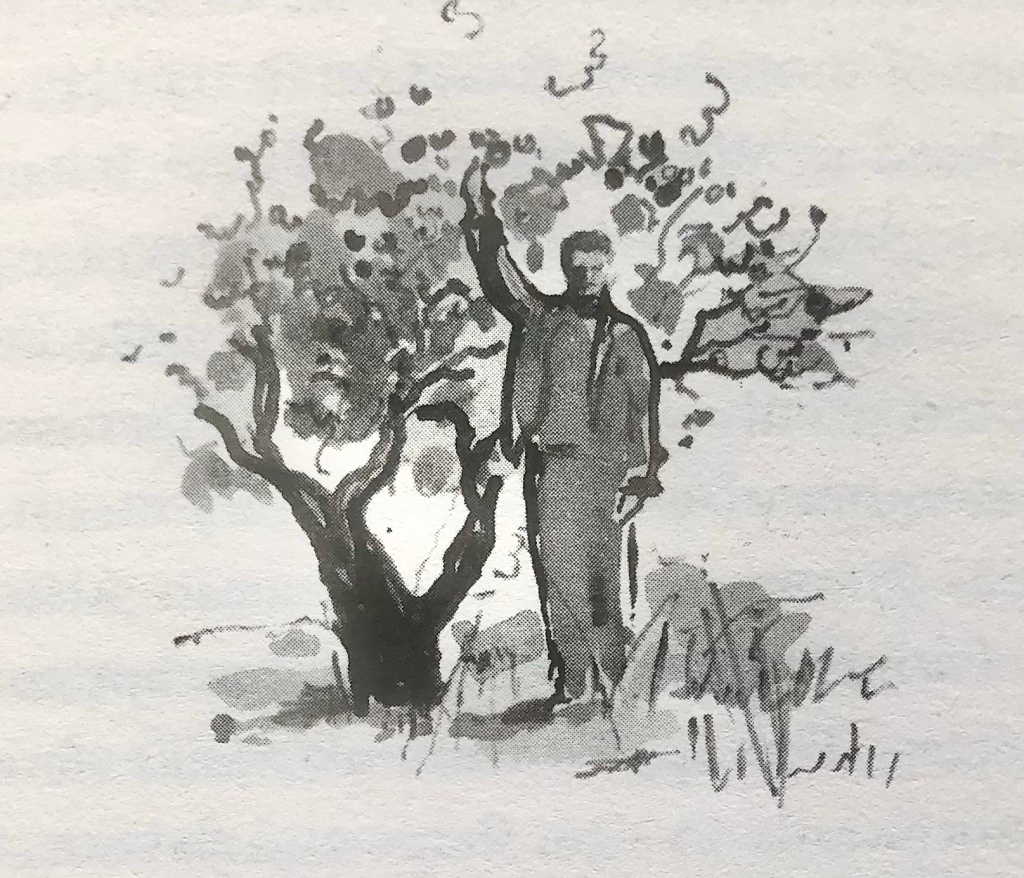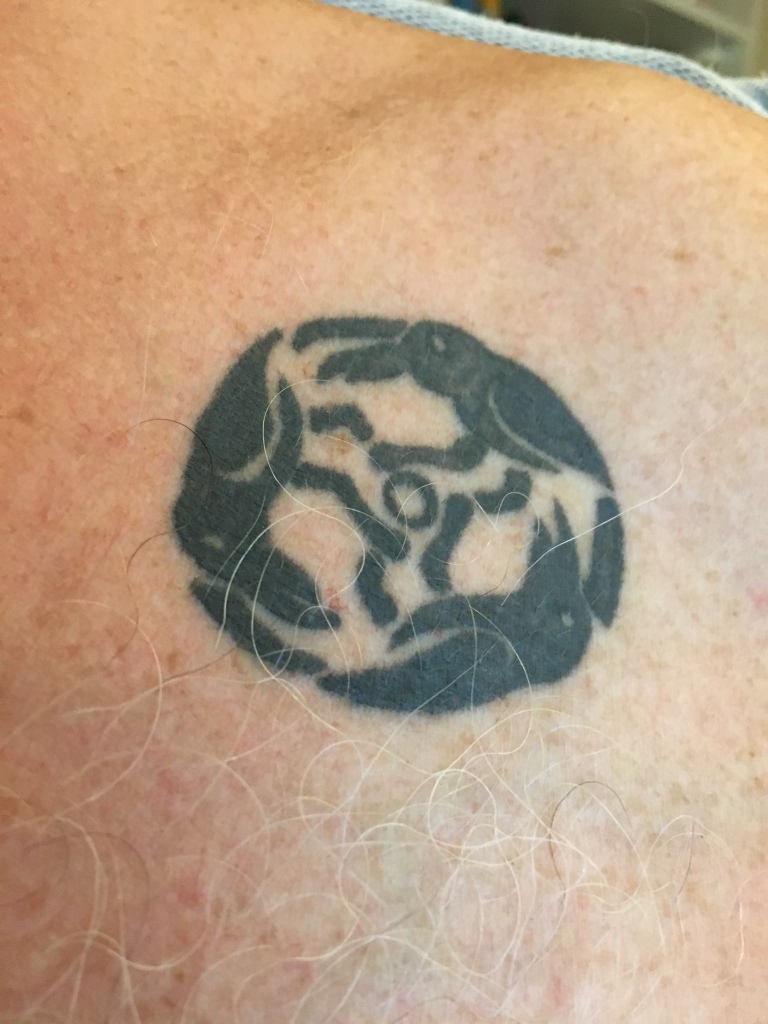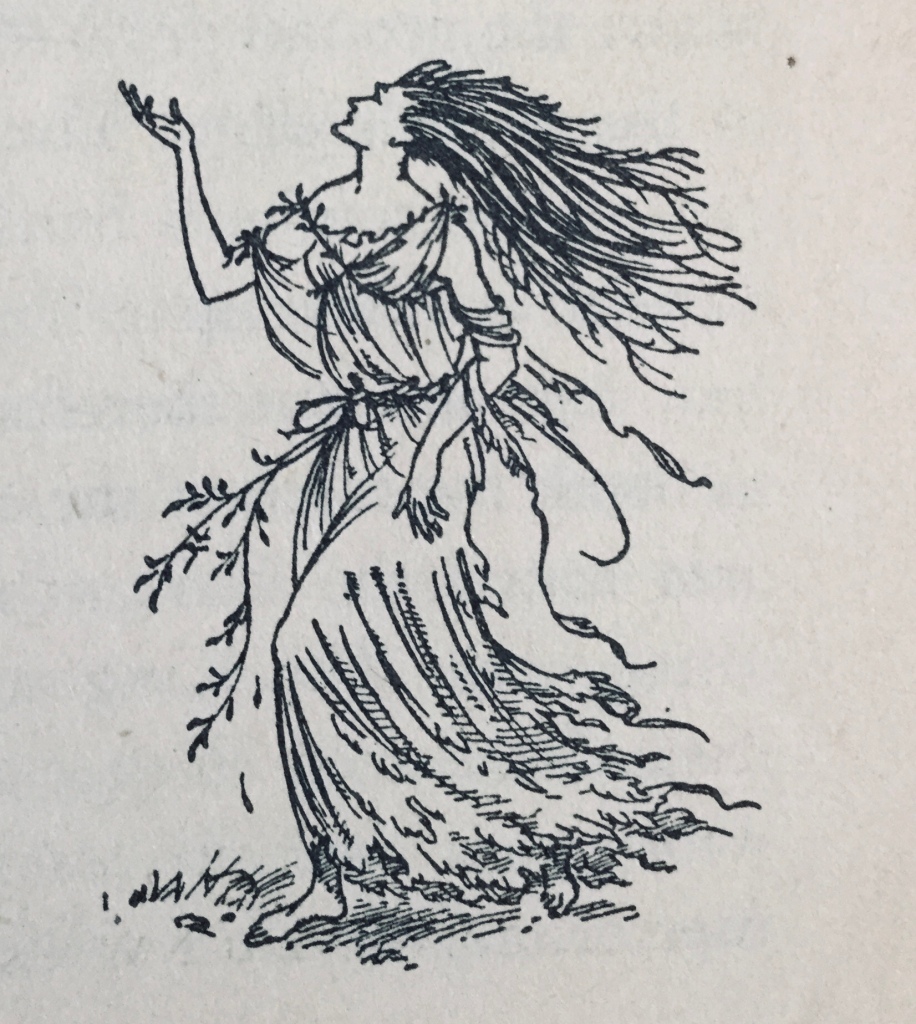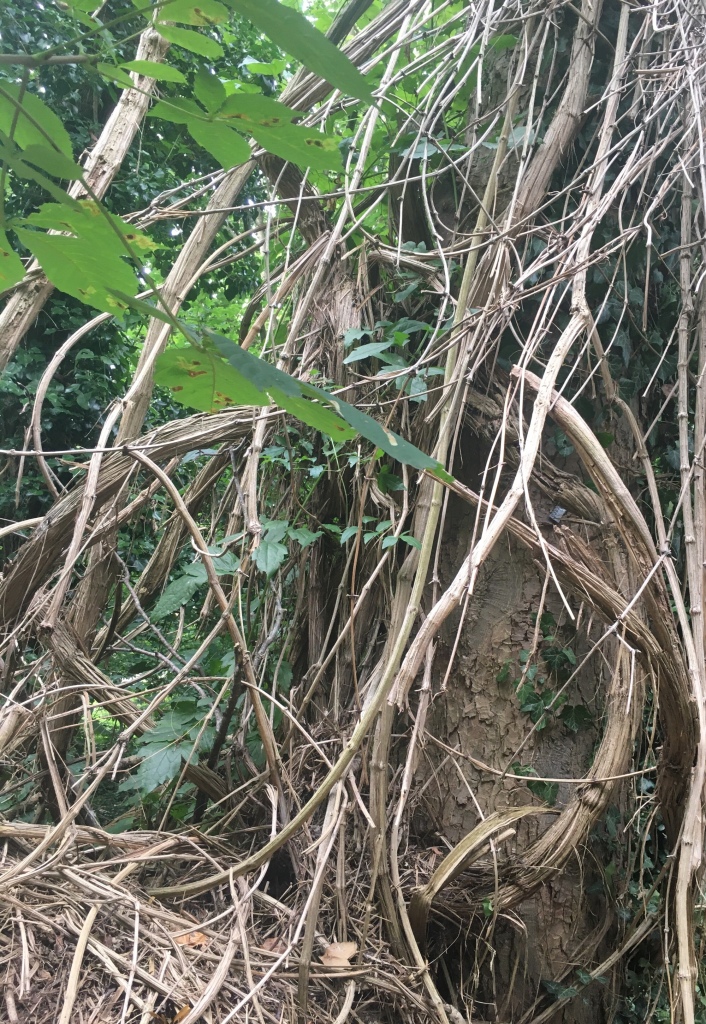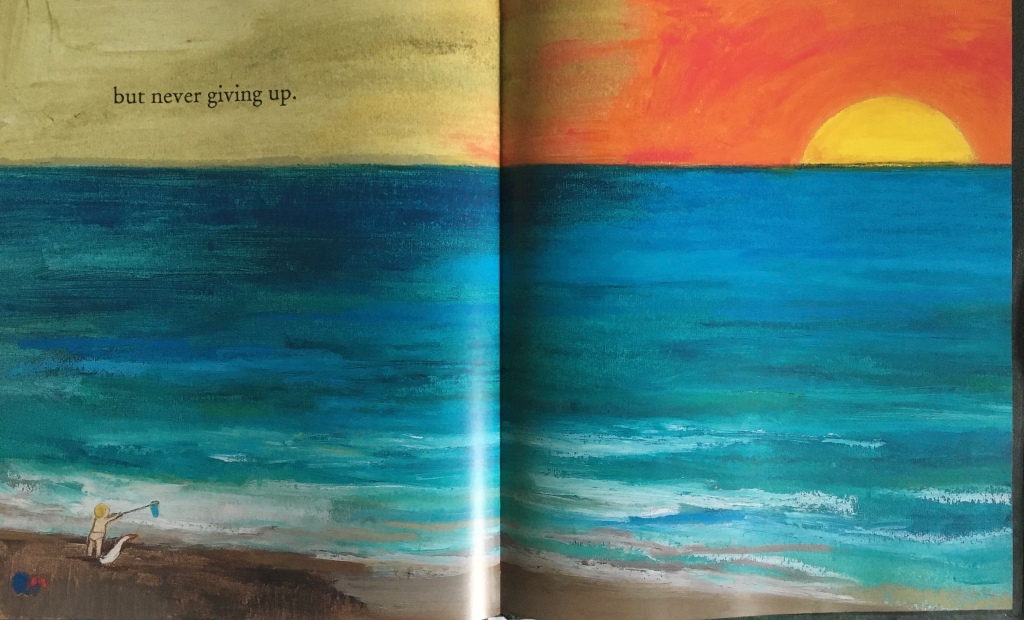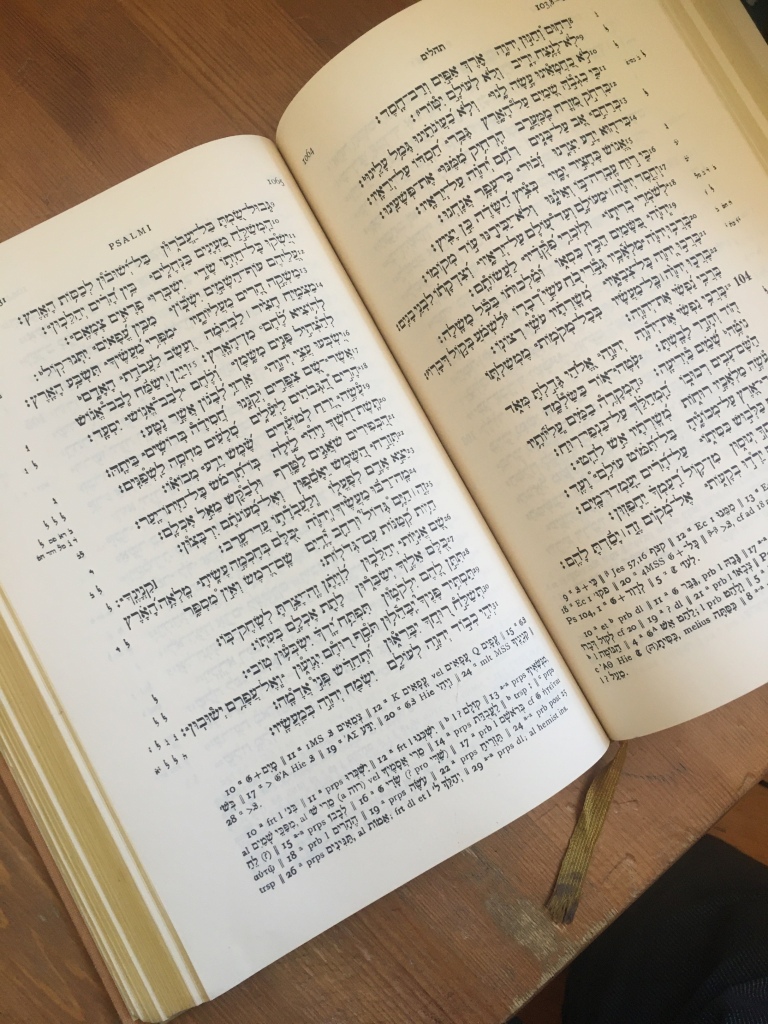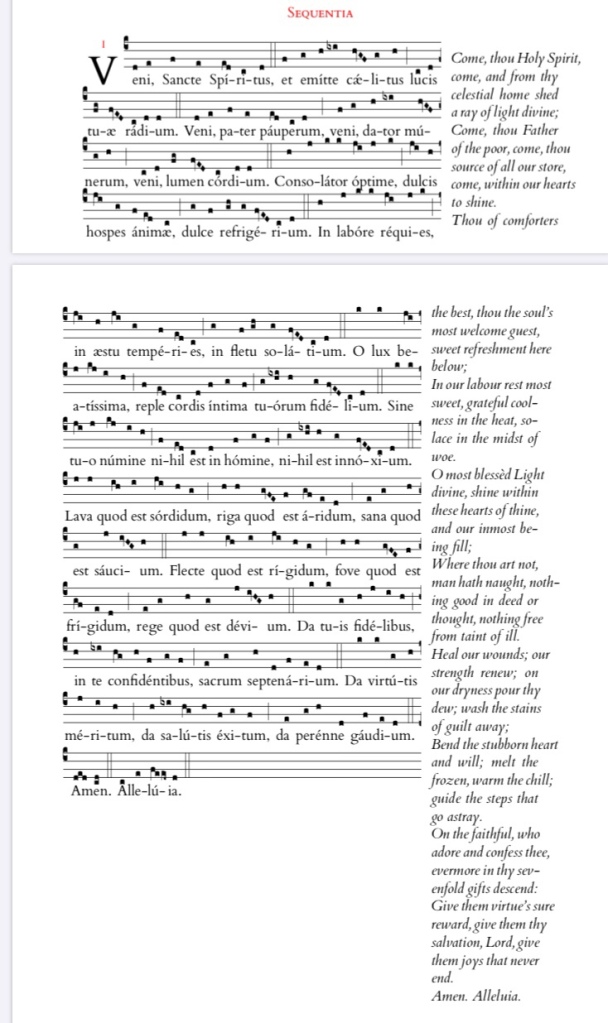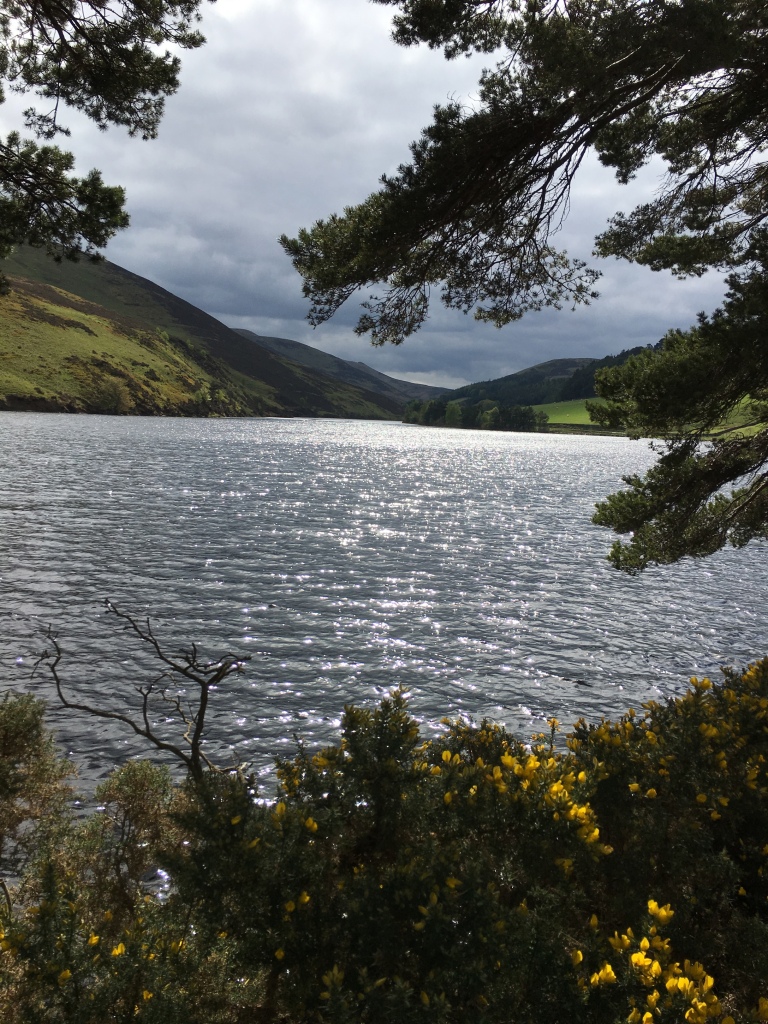A fool could sit under the trees forever and grow no wiser.
UKLeG The Finder, Tales from Earthsea
The impatience of a person asked to undertake the tasks of contemplation is beautifully encapsulated in this little interchange. It is rings true with the Zen stories where a disciple asks a Big Question and is told to look at the landscape or clean his rice bowl. We are only free to “feel…what we feel in this moment” as Alan Watts suggests: “no way to free ourselves… the you that you imagine to be capable of transforming yourself doesn’t exist.”
Hugo Enomiya-Lassalle puts it like this:
At times of crisis when one realises that one is not free after all and serious doubts about oneself begin to arise, then one can no longer find a hold on what one always believed was one’s own. A difficult choice must then be faced: there must be a complete inner surrender… or else one must take hold of something else that is not yet this final and absolute reality.
H Enomiya-Lassalle, The Practie of Zen Meditation, Day 7
This week, the last in November and leading into December, is National Tree Week, so it seemed appropriate – if a little rushed on my part – to look at some trees that have recently been on my social media and my own reading. My friend Roger sends me a moving short bit of footage of an extract for Journey of the Magi recited in a forest; Jon posts a magical picture of a tree in foggy West Oxfordshire; Mat and I discuss (on social media and elsewhere) the still, warm place that is Lewis’ Wood Between the Worlds – and at home we are reading a more inimical view of trees in The Children of Green Knowe (broad hint for Christmas: Diana Boston has a shop). I cannot really make an anthology, not a proper one, of writers about trees, and Fiona Stafford has a whole book on trees and British culture, so the sample here is really on the well-trodden ground of Lewis, Le Guin and the other fantasy writers, with a quick glance at some other commentators. There are all sorts of woods to discover: here I will look only at two versions: the everyday and the transcendent, and I acknowledge my selection to be idiosyncratic: they are just extracts to draw attention to the glorious richness there is in the ways writers think of trees and woodland.
Alexander Porteous, in his 1928 book The Forest in Folklore and Mythology, gives forty pages over to
…these sacred groves…watered by some consecrated fountain or river…surrounded by a ditch or mound to prevent the intrusion of strangers. No one was permitted to enter these consecrated groves except through the passage left open for the purpose.
It is a work, rather like Watkins’ 1925 The Old Straight Track where speculation and the topological understanding of the author’s time are brought to bear, sometimes with some success (Watkins may have some methodologies we might challenge but sometimes his guesswork is impressive), on the phenomenon under discussion. Porteous has, for example, a peculiar view of palaeobotany that suggests people planted trees on sacred spots rather like C18th landowners – but what Porteous does do – perhaps unconsciously – is lay out a popular understanding of woodland as sacred landscape:
They would have vague glimmerings of some power higher than themselves whom it was necessary to propitiate and to worship… The popular conception of the character of a grove is an assemblage of beautiful trees which together impart a peculiar beauty to the scene: the external forms of these trees possess so much beauty, and their overhanging boughs afford so welcome a shelter, that we need not wonder if in earlier ages groves were considered as fittest temples for the gods, and it was believed by the ancients that ghosts and spirits tool a delight in making their appearance there.”
Porteous Ch IV
Holdstock and BB have interesting woodlands, at once fantastic and everyday. The woods of BB’s Little Grey Men are fantastic because they have gnomes in them, and the world is depicted from their diminutive point of view, so that Crow Wood is a place of menace dominated by the gamekeeper-ogre, and yet BB’s delight in the depiction of ordinary, everyday nature still comes through.
Their way now led them down a narrow grassy path hedged on either side with tall bracken. It had not yet reached its full stature for the tips were still curved over into little shepherd’s crooks. It made a fairy adventure of green on either side of the track, for the path they were on was only an animals’ ‘runway’. It wandered here and there, under brambles, round the stumps of trees, under fallen branches, in and out beneath dense blackthorn, and under the winding tendrils of wild honeysuckle. You or I could never follow it…
B.B. The Little Grey Men, ch 8, Giant Grum
Follow it, in the eyes of his gnomes, we do, of course, and debate game birds and private property as we go… The gnomes provide a new way of looking at woodland, a new height, and this adds to B.B.’s showing a world where size brings its own challenges and adventures to the resourceful little people. Themes of self-sufficiency return with similar power in his novel Brendon Chase where again, the author Denys Watkins-Pitchford displays his naturalist’s eye, and this wood, big enough for three boys to live in more or less undetected, is both the setting for the book and in some ways the star attraction. Here the boys are settling into an evening in the wood that is to be their runaway hideout all summer and autumn:
In the quiet of evening the nightingales were singing, whitethroats were bubbling their merry woodland music from the hazels and sallows, and now and again a pigeon passed over, high in the sunlight, its breast lit by the low rays of the setting sun.
One of them, spying the thick crown of the oak below it in the clearing, closed its wings, wheeled round, and cam to a clattering rest among the green leaves. It was amazing that so large a bird could alight so swiftly it seemed to pierce the wall of foliage with ease, almost as if it were an arrow.
B.B. Brendon Chase, Chapter 3, Gone to Ground.
In both woods, we are dealing with a key theme of penetration, a real (enough) wood that for the runaway Hensman brothers in Brendon Chase provides shelter as well as danger, and for the Little Grey Men a critical encounter with humans and the animals the humans have subjected to themselves. In Brendon Chase, it feels colonial, from the boys’ entering and settling in the wood to their parents in Simla; in The Little Grey Men the outdoors beyond the gnomes’ known world is dangerous: for me there is a sense of trespass amid the beauty. The passage from B.B, I cited here is echoed in the much more tangled and disturbing fantasy Mythago Wood, published some forty years later.
To call, it a path was overly to dignify the barely perceptible routeway between the towering oak trunks, winding up and down the ragged contours of the land. Dog’s mercury and fern strokes my legs: ageing brambles snagged my trousers; birds gave frantic flight above, in the darkening summer canopy… I seemed to arrive deeper in the edgewoods, and felt mildly triumphant.
R0bert Holdstock, Mythago Wood, Part Two: 9.
Ryhope, Holdstock’s expanding, dangerous, layered fantasy wood, is a landscape unlike any other. More disturbing than Tolkien’s Old Forest or Mirkwood, more claustrophobic than Fangorn, it defies conquering, demands acquiescence from those that penetrate its secrets. We are in the realm of fantasy, yet Holdstock still keeps the reader grounded in a recogniseable woodland – maybe this is where I find the greatest horror: that we are drawn into the occult through a series of obsessions and myths and timeslips (is that what they are?) yet encountering at first a tangled woodland of old fences and brambles B. B. would recognise.
The field treacherous with cow-pats… the tangle of rose briars, bramble and knee-high nettles…gnarled young oak trees….
Overture and beginners for a forested world where language is mangled, loyalties upended, a “natural order” questioned: things will get much more confused as the protagonist Steven enters the dark fantasy of the wood. Ryhope is a place of threat – and yet some of its terror comes from the balance of recognising the world of menace just inside the wood. Holdstock’s woodland is not so different from Brendon Chase – until you venture in deep, or its inhabitants come and find you.
At that point, to return to a real wood, I have to mention the wood grown up around the deserted village of Astercote: ‘Just the forest taking over again.” It is a representation of an ordinary woodland that shows the same love and care as B.B. demonstrates:
The wood hummed and sang, life flickering and rustling at every level: insects underfoot, birds above and around, small ones flitting neatly from branch to branch, pigeons crashing noisily overhead. Sunlight crackled down through the leaves, dust spinning in the yellow shafts. A squirrel poured soundlessly down the trunk of a tree and vanished into the brambles: somewhere ahead a woodpecker thumped. It was a busy place, preoccupied with its own affairs.
Penelope Lively, Astercote, Ch 2
It reminds me of the search for ancient woodland in Oliver Rackham’s masterpiece, Trees and Woodlands of the British Landscape:
It is observed that woods with a long history, and especially ancient coppices, often have a richer flora than recently established woodland., and contain certain plants which the latter lacks. Continuity, management and development all contribute to the difference. An ancient wood will either have inherited species from the wildwood or – if secondary – will have had sufficient time to acquire all but the least mobile plants…The plant communities of an ancient wood will have had perhaps a thousand years in which to come to terms with management.
Oliver Rackham, Trees and Woodland in the British landscape, ch 6: What woods now mean
We are back from Ryhope, back from Astercote, back in the real wood again, and can breathe.
But there is another view of woodland: the mallorn of Tolkein’s Lothlorien, the nameless yet named trees of Le Guin’s Grove, places of a slow redemption that Robert Macfarlane describes as the green where shadow meets leaf. The Immanent Grove on Roke – a high wood crowned in starlight – makes some powerful appearances in the Earthsea sequence. In the last, the deeply troubled Alder – a significant name, just as Ged is called Sparrowhawk – explains he was able to sleep in the Grove:
Even at night I could sleep. In daylight, if the sun’s on me…if the warmth of the sun’s on me and the red of the sun shines through my eyelids, I don’t fear to dream. But in the Grove there was no fear at all, and I could love the night again.
The grove is a different thing from the tangled woods so far, a space of a more enlightening spirituality than a dangerous encounter. People have commented about the eerie Wood Between the Worlds in C S Lewis’ The Magician’s Nephew as a place of almost lotus-eating forgetfulness, a place of letting go to the point of loss, of stupefaction – but if this near-oblivion might seem a disabling thing, and the quiet and warmth make the wood a place impeding action, it is worth looking at the Witch-Queen Jadis and her reaction: cruel, manipulative and decisive, she begs to be rescued from the place where her power is powerless, her desire to grasp is worthless. As my headquote suggests, this is not always easy: letting go and hearing the leaves can be a frustrating sort of learning, but with Porteous, the people who venture there experience glimmerings of some power higher than themselves in ways that are healing and sustaining. Jadis cannot bear it, Lucifer-like she cannot choose surrender; but Medra, the eponymous Finder in Le Guin’s novella and the man to whom the headquote belongs, is at least willing to start learning, and asks what the significance is of the Grove at the heart of the Mages’ experience, only to be told
You can learn about the Grove only in it and from it.
And in another of the Tales from Earthsea, locality and peace are discovered by Irian in the Grove into which the mage, the Master Patterner, has inducted her: To be there was enough, was all.
This episode gives Le Guin the opportunity for her best woodland manifesto:
She had no wish to explore for herself. The peacefulness of the place called for stillness, watching, listening; and she knew how tricky the paths were, and the Grove was, as the Patterner put it, “bigger on the inside than the outside.” She sat down in a patch of sun-dappled shade and watched the shadows of the leaves play across the ground. The oak mast was deep; though she had never seen wild swine in the wood, she saw their tracks here. For a moment she caught the scent of a fox. Her thoughts moved as quietly and easily as the breeze moved in the warm light.
Ursula K Le Guin, Tales from Earthsea, Dragonfly.
The echo of the Tao seems very obvious to me. The named and nameless trees, the named and nameless Path, the path through the trees that is not fixed.
“How far does the forest go?” Medra asked, and Ember said,” As far as the mind goes.”
The Grove beyond the Mages’ Great House on Roke has a special place in my reading of Earthsea partly because what I might fancifully think of as my own Great House also has a Grove, a Deer Park, and maybe – maybe – C S Lewis’ imagining the snowy woods of Narnia – but actually the woods closest to my time of reading Le Guin are the woods around the Harcourt Campus at Oxford Brookes. They have been a therapeutic space when times felt hard, a place to talk things over with friends – both from my need and theirs, a delight of solitarinesse. And, of course, they are the place where my Outdoor Learning students practise and play.
As one of the principal characters in Powers’ The Overstory puts it Our brains evolved to solve the forest… Forest and grassland, valley and high place: landscape formed how we think and feel.
George Monbiot in his chapter The Hushings in Feral explores this, and takes up the challenge of outdoor play with some typically (and movingly) lyrical praise:
Missing from children’s lives more than almost anything else is time in woods. Watching my child and others, it seems to me that deep cover encourages deep play, that big trees, an understorey mazed by fallen trunks and shrubs which conceal dells and banks and holes and overhangs, draw children out of the known world and into others. Almost immediately the woods become peopled with other beings, become the setting for rhapsodic myth and saga, translate the children into characters in an ageless epic, always new, always the same. Here, genetic memories reawaken, ancient impulses are unearthed, age-old patterns of play and discovery recited.
George Monbiot: Feral: p169
And if as he says …the outdoors has an endless capacity to surprise, we should recognise this capacity in the wide variety of woods in literature.
